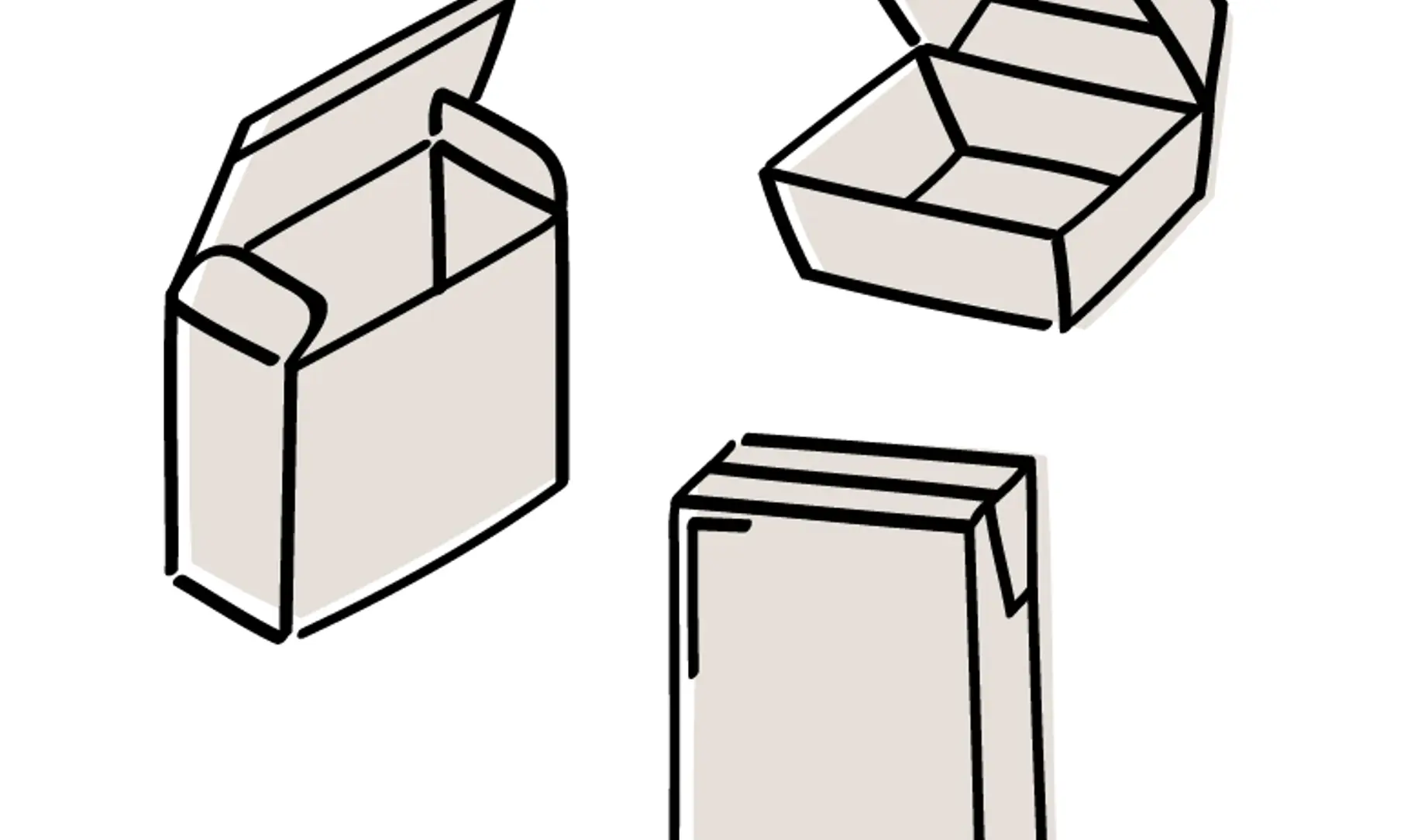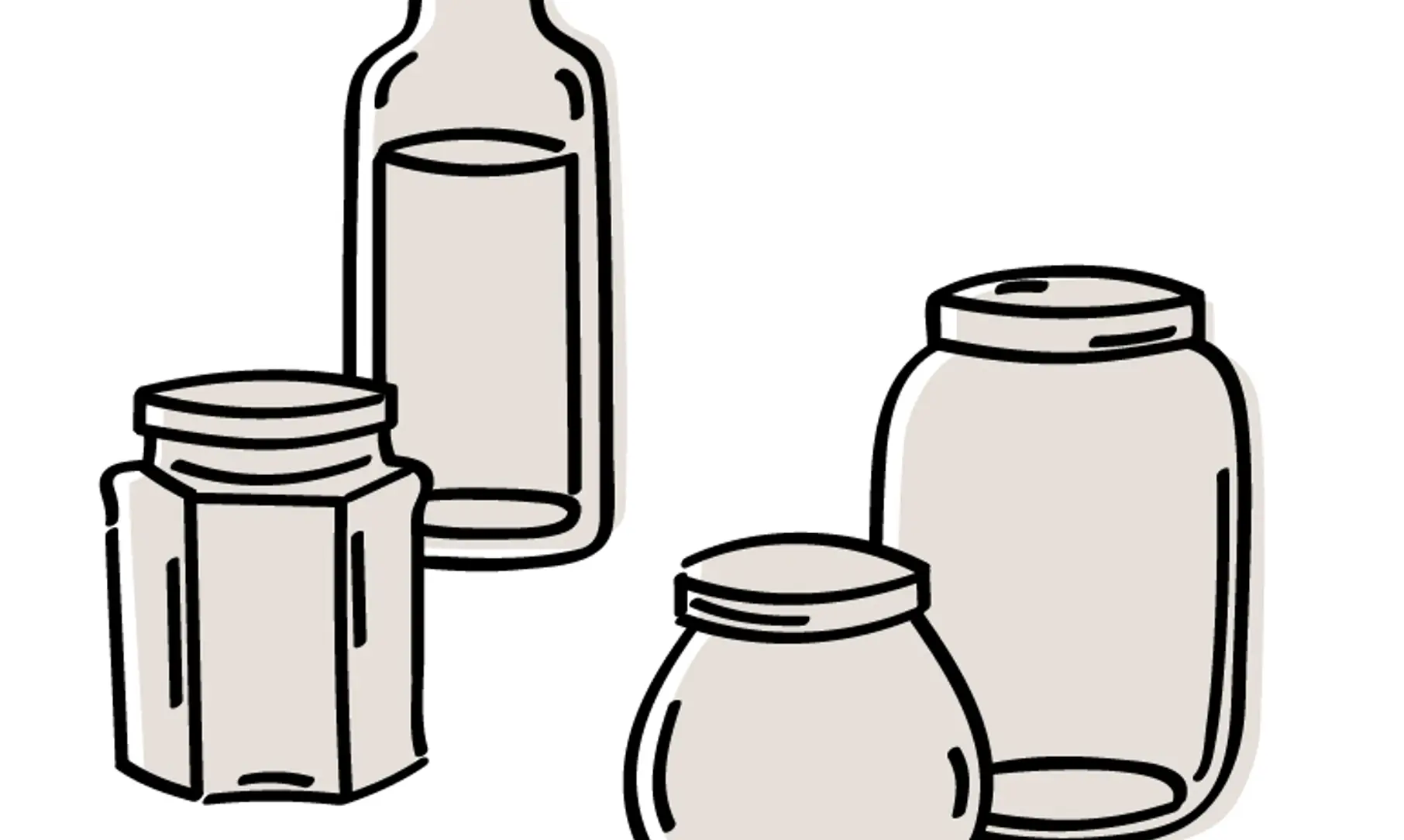Decoding packaging materials

Packaging is indispensable to today’s food and beverage retail landscape. Despite environmental concerns around it, right packaging does make things easier, serving multiple purposes – from ensuring that the product inside is safe and protected to preserving the quality of the food or beverage and promoting brand recognition.
The multifaceted topic of packaging goes beyond sizes, shapes, and formats to a key aspect – the primary material being used to create the pack. So, what are the most-used materials in food and beverage packaging? What lies behind their popularity, and what are the pros and cons of each material?
Paper and paperboard
Paper been used as packaging for centuries, and now varieties, such as kraft and sulphite papers, are popular for packing dry foods. Although paperboard is a newer material, it is widely known for versatility, strength and sustainability. Available in different grades, paperboard is used for a variety of products, from cereals to dairy. Also, liquid paperboard, a variant, is commonly used for shelf-stable aseptic packaging.

Plastics
It is hard to imagine that around 100 years ago, plastic wasn’t a part of the packaging landscape. Today, no discussion around packaging is complete without the mention of plastics, the youngest of all materials. The polymeric materials can be moulded into various shapes like bottles, cups, caps, and flexible films, and offering versatility and durability. Even though plastics can be recycled, they pose an environmental challenge when disposed inappropriately. Plastic, including bioplastic, is a complex material that should ideally be used prudently.
Glass
A timeless material that can be traced back to 1500 BC, glass has been used to package food and drinks for more than 200 years now. This fully recyclable material continues to be very popular with its premium look and feel and non-reactive characteristics. However, the carbon footprint of glass containers can add up when we take into account the emissions from manufacturing and transportation alongside wastage resulting from breakage.

Metal
The use of metal in food and beverage packaging has evolved over two centuries – from the first patented tin-plated iron can in the early 1800s to the ubiquitous aluminium packaging prevalent today. The barrier protection capabilities of aluminium along with 100% recyclability makes it a highly popular packaging material. However, the significant environmental impact of aluminium mining makes the use of this material a complex area.
Beyond the traditional
The above-mentioned materials are popular for a reason – they have stood the test of time in ensuring that food and beverage products reach the consumer safely over decades. But today with sustainability being a top priority and regulations for packaging becoming increasingly ambitious, it is vital to assess each material in totality across their lifecycle.
We will explore some of the materials in the rest of the series, going beyond commonly held perceptions. So, watch this space to know not just about traditional materials but also innovations such as the use of monomaterials in shelf-stable packaging, or subscribe to our exclusive bi-weekly newsletter to get the insights in your inbox.
- mai 11, 2023
